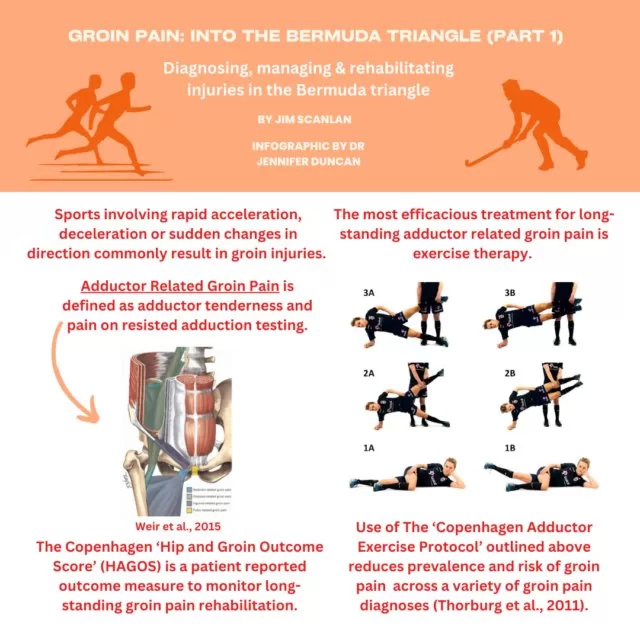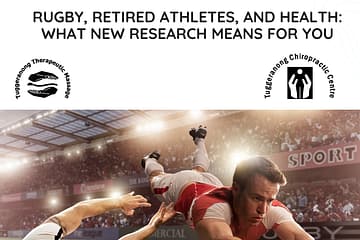
Introduction
Groin pain is a frequent issue among athletes, especially those participating in sports like soccer, rugby, and hockey. Understanding the cause and treatment options is crucial for effective recovery. . This guide aims to provide a comprehensive overview of groin pain, focusing on its diagnosis, treatment, and management.
Diagnosis Challenges
Diagnosing groin pain can be complex due to multiple potential causes. If you have experienced groin pain in the past, you are at a higher risk of encountering it again. Medical professionals often use specialised assessments to gauge the extent of your pain and its impact on your daily activities and sports performance.
Treatment Options
The most effective approach for treating persistent groin pain is exercise therapy. Although there is no universal exercise regimen, focusing on strengthening the adductor muscles in the groin area has proven beneficial. One such exercise, known as the ‘Copenhagen Adduction,’ has been particularly effective for soccer players. Alongside exercise therapy, other treatment modalities like chiropractic care and therapeutic massage may help with aches and pains in the hip, lower back and the surrounding area.
Return to Sport
For those eager to resume their sporting activities, the ‘Strategic Assessment of Risk and Risk Tolerance’ (StARRT) Framework is a valuable resource. This framework assists healthcare providers and patients in making informed decisions about when it is safe to return to play. It takes into account various factors such as the athlete’s current physical condition, the demands of the sport, and the individual’s pain tolerance.
Conclusion
Groin pain is a complex condition that requires a tailored treatment approach. Exercise therapy, particularly targeting the adductor muscles, has been found to be the most effective treatment. Specialised assessments and frameworks can aid in both diagnosis and return-to-play decisions including assessments and frameworks like HAGOS and StARRT. These can aid in both diagnosis and return-to-play decisions. By understanding the intricacies of groin pain, you can take proactive steps towards a more effective and faster recovery.
Are you having groin issues or other musculoskeletal issues? Get in touch with our team today on 62921092.
Reference
Scanlan, J. (2023). Groin Pain: Into the Bermuda Triangle Part 1. BJSM blog – social media’s leading SEM voice. Retrieved from Groin Pain: Into the Bermuda Triangle Part 1


